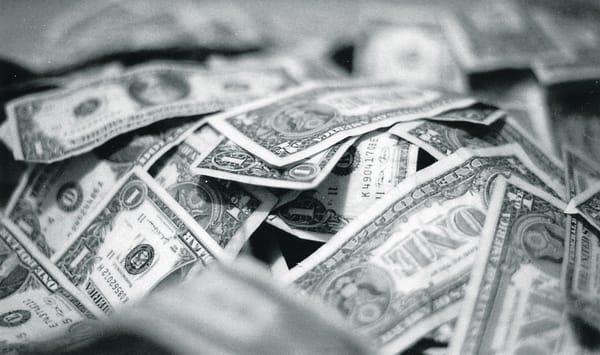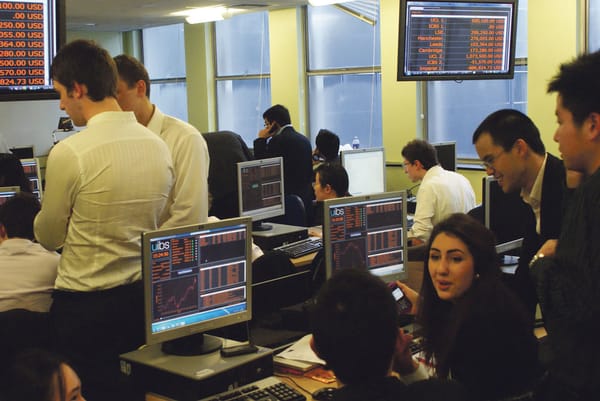A look into the Bank of England’s monetary policy
Shiang Jin Chin argues that the central bank’s critics on the right are wrong to advocate fiscal tightening in the midst of a weak economy and high unemployment

The Bank of England (BoE) has kept rates at record lows of half a per cent for almost two years. Its ‘quantitative easing’ has purchased assets totaling £200 billion in the last eighteen months. Interest in this extremely loose monetary policy sparked recently when the latest UK Consumer Price Index (CPI) figures showed an annualised rise of 3.7% in December – above the already high previously forecast of 3.4%. A loose monetary policy may have two severe side effects. Firstly, it risks overheating the economy, creating bubbles in the stock market and property markets that force the economy into downturn upon bursting. Secondly, it broadens the monetary base; a cause of high inflation.
Inflation in price levels in any particular currency may be mainly caused by two factors. The external factor consists of rises in world commodities prices and changes in exchange rates of a country. The internal factor consists of increased demand in nominal terms; an expansion in the monetary base or a rise in taxation. The recent inflation of the Sterling may be attributed largely to a spike in commodity prices (The Economist commodity-price index in Sterling terms shows a rise of 41.3%) and the VAT increase of earlier this year. The extent to which the looseness of the Bank of England policy has also contributed to the current, dangerously high levels of inflation has attracted significant media and political interest lately.
UK GDP growth for 2010 is expected to be 1.6%, further hit by the severe weather in December which saw the worst retail sales figures recorded in recent years. The unemployment rate still stands high at 7.9%, the average pay rise last year is reported to be 2.1%, and there is a pay freeze across the public sector. These figures show, firstly, that the fundamental economy is still so weak that we need a loose monetary policy; and secondly, that the demand for goods is still weak. The latter means that inflation is unlikelypushed up by internal demands. A further look at the broad money figure shows that the total amount of money available in the market had decreased from £2,228 billion to £2,176 billion in 2010. All of this means that this inflation was hardly caused by the broadening of the money base. Does this mean then, that the broad money base is contracting when the Bank of England keeps a loose monetary policy?
Yes – and the answer for that contradictory outcome is simple. The official bank rate is the interest rate that the Bank of England charges banks for secured overnight lending. Quantitative easing measures increase the buying of government bonds and financial assets from commercial banks, both leading to increased capacity of the commercials to lend. The decision to increase lending activities, however, still lies between the demand of the market and the willingness of the banks. The latest trend in lending published by the Bank of England showed that for the three months between September and November 2010, despite a £2.2 billion increase in the amount of lending to individuals (most of which goes to purchasing houses and has little effect on CPI), the business lending has decreased by £5.3 billion.
Given that the fundamental economy is still weak and the latest inflation is not caused by loose monetary policy, the only reason for the Bank of England to tighten policy is when bubbles are created in property and stock markets. Perhaps the only place where we saw the significant effect of the Bank of England’s actions was in the reversal of House Price Index and FTSE 100 downward trends. The average house price, which saw its lows around £148,000 in February 2009 has climbed up to £162,763 recently. But there is no bubble here. The FTSE 100 index, which represents 81 per cent of the UK stock market, had recorded its low of 3493 in March 2009 but trekked back up to 5896 points this month. A bubble might be forming in stock market, but tightening the monetary policy now will do more harm than good.
Seven months ago, when giving a speech in Liverpool regarding the rise of the CPI, Paul Fisher, a member of the Monetary Policy Committee of the BoE was quoted saying that, “given the expected degree of spare capacity in the economy […] and that the temporary factors should wear off, the most likely outcome is that inflation falls back to below target over the next couple of years. On that basis it was sensible not to try and offset the recent rise in inflation by tightening policy.” His statement remains true today, and if the Bank of England worries about creating bubbles in markets, it always has other measures to deal with the problems without altering its monetary policy.









